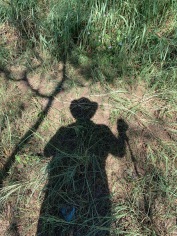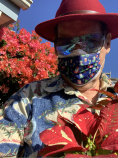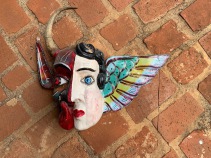The Body Schema
If anyhting should be elemental to Ortho-Bionomy, a prerequisite, I would nominate Body Schema.
It is about how Movement happens in the Body and how Movement is stifled and constrained.
The Body Schema is a substancelss slime, a mucus of mediation, a zone of contact between self and other.
Somehow this aspect of Anatomy and Physiology gets no mention in most standard A&P courses.
We have had the term since 1915 (some say 1911), coined by English neurologist Sir Henry Head. An interesting fellow, Sir Head. He is important too in our understanding of trauma. It is curious that wars, times of violent reductionism,awaken fecund urges toward wholism. I give some account of this in one set of notes (At Play in the Cranial Field) in reference to A.T. Still, founder of osteopathy and poet Walt Whitman. Reaction to the U.S. Civil War to reunite body and soul. Similarly there were two men in Europe, both physicians, both poets who similarly responded to World War I: Henry Head in England and Kurt Goldstein in Germany.
The Body Schema is very much involved in the story of how the body/person metabolizes damage and trauma.
Properties of the Body Schema
Neuroscientists Patrick Haggard and Daniel Wolpert have identified seven fundamental properties of the body schema. It is spatially coded, modular, adaptable, supramodal, coherend, interpersonal, and updated with movement.
We will examine in some detail how each of these properties means to us and how we can apply this knowledge in some powerful practices.
Readiness potential
Benjamin Libbet





